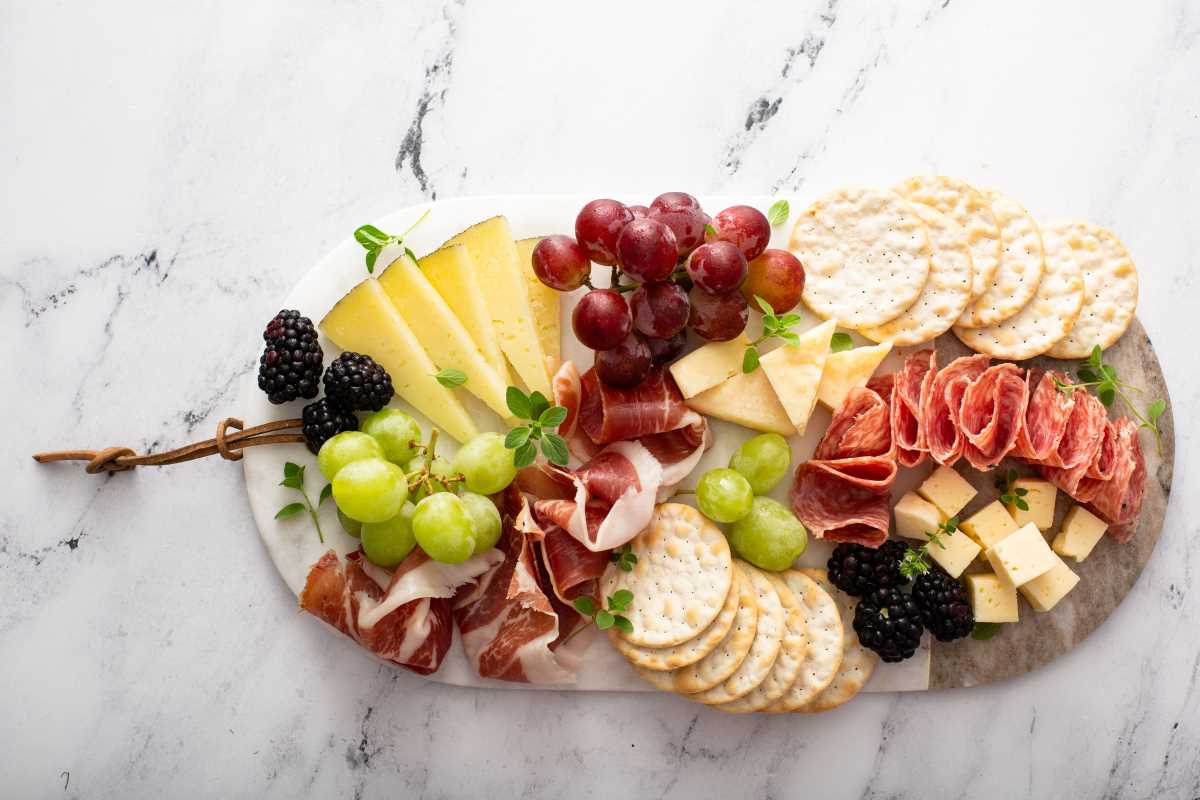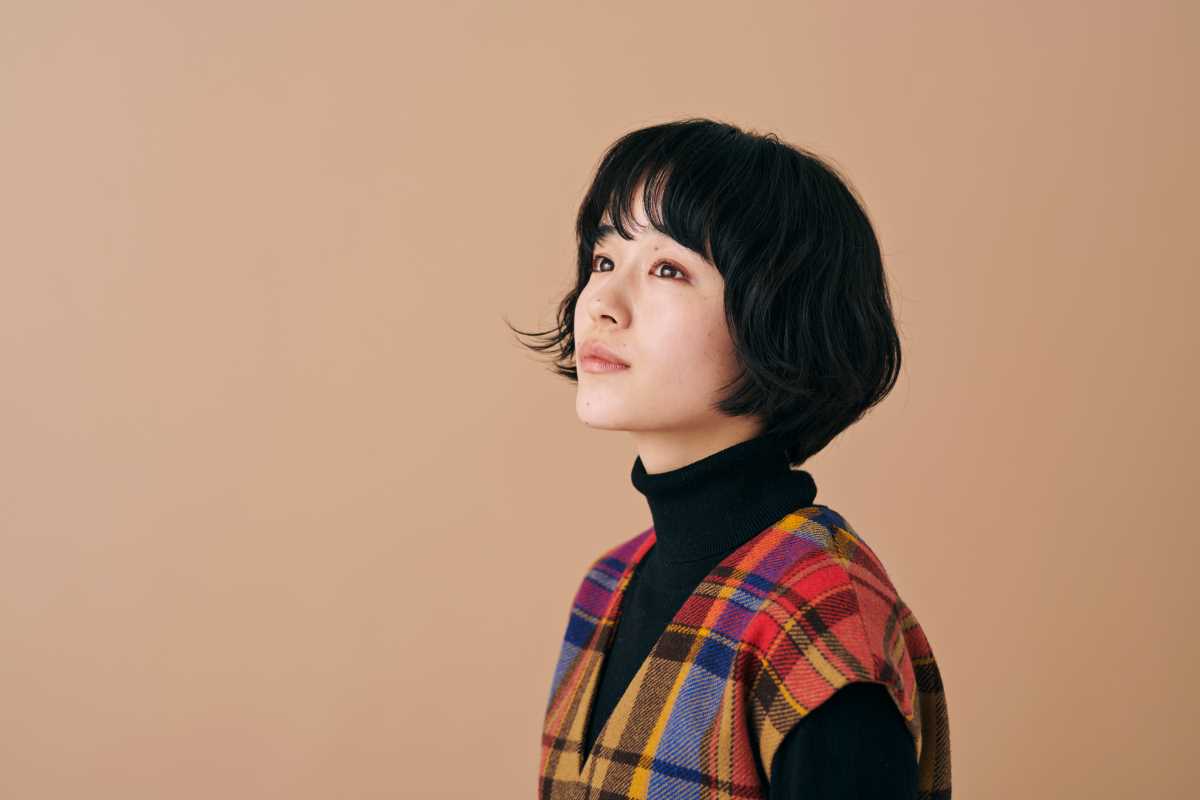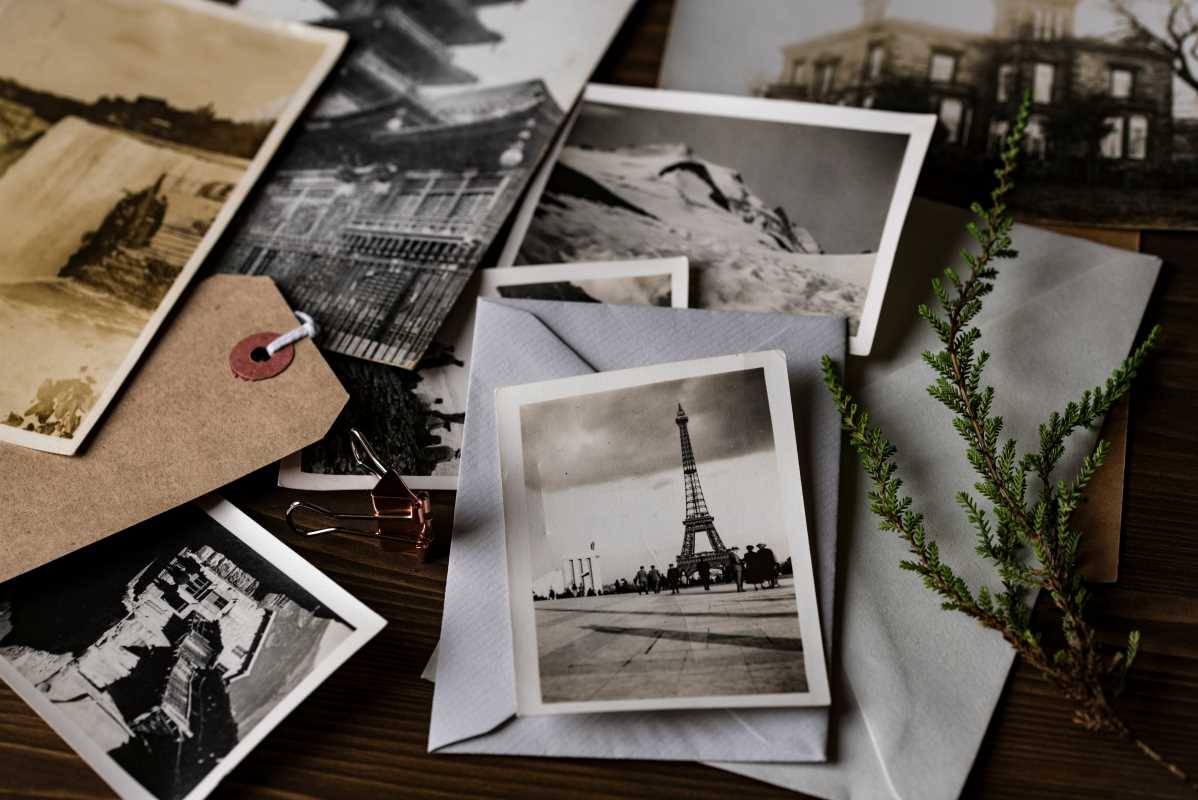Beautiful food is everywhere—on your Instagram feed, in artfully plated dishes at a restaurant, and even in the home-cooked meals aspiring chefs share with pride. But have you ever stopped to think about why food is presented the way it is? Beyond just making us hungry, modern food presentation is deeply influenced by art—fine art, design principles, and the creativity of art movements from around the globe. Food isn't just about sustenance anymore; it’s about creating a visual narrative, much like a painting or sculpture would do.
For food, fashion, and lifestyle enthusiasts who appreciate the aesthetics of life, this exploration into how art inspires the way we plate, garnish, and layer our meals will whet both your intellectual and visual appetite.
Food as Art: A Historical Context
The notion of connecting food and art isn't as modern as we might think. Ancient cultures brought art into their dining experiences in surprising ways. The Romans, for instance, loved creating elaborate feasts, where they displayed dishes as spectacular, almost theatrical, compositions. During the Renaissance, meals served to wealthy patrons were essentially edible art installations, perfect for showing off status and taste. Sculptures made of sugar and marzipan served as elegant edible centerpieces, while pastry chefs used their skills to construct towering pies and intricate desserts.
Fast forward to today, and you'll see how this cultural trend has evolved into artistic food presentation techniques that reflect modern design sensibilities while still honoring the traditions of creating with care and beauty for the table.
The Influence of Fine Art on Modern Cuisine
Much like an artist approaches a blank canvas, a chef approaches an empty plate with intention and vision. The parallels between food presentation and fine art are hard to miss. Think about the swirling sauces, the fine touch of microgreens, and the layering of textures and colors. The plate isn't just a plate; it’s a stage for artistic storytelling.
- Color Theory Is Key
Remember learning about primary and complementary colors in art class? That same understanding enhances food presentation. For instance, a vibrant orange carrot purée alongside a green herb oil creates a visually appealing contrast, just like complementary colors on a painter’s palette. Chefs often think about not only taste but also the colors of ingredients and how they'd look together as they plate the dish.
- Abstract Expressionism on a Plate
Ever seen sauce splattered across a dish like an action painting? That’s Jackson Pollock’s influence at work. Many chefs use asymmetry, bold swipes, and seemingly chaotic placement to add creativity and a sense of play to their dishes. Far from being "messy," these presentations require careful practice and an understanding of composition.
- Modesty Matters
Simple, clean lines on a plate? That’s modern art-inspired modernist minimalism. The Japanese Kaiseki tradition, with its emphasis on seasonal, meticulously plated courses, serves as a forerunner of this approach, but it’s now visible everywhere in high-end restaurants. Less is often more, and a single edible flower or carefully placed drizzle of sauce can speak volumes.
The Role of Design Principles in Food Presentation
Just like in art, food presentation depends on applying core design principles. You might not notice them when you’re eating, but these elements heavily influence whether you "ooh" and "ahh" over a dish when it arrives.
- Balance and Symmetry
A good plate feels balanced, whether it's with symmetrical arrangements or artfully asymmetrical designs. Chefs think about how weight is distributed on the plate—imagine having all the components lumped together in one corner versus spaced out with precision!
- Texture and Shape
Dishes that layer textures and shapes feel more dynamic and engaging. A creamy element balances out a crispy cracker; geometric layers create intrigue. A dish with only one texture feels flat—your taste buds and eyes want variety.
- Negative Space
Ever wondered why luxe restaurants leave so much "empty" space on their plates? It’s not because they’re stingy—it’s intentional negative space. Just like in graphic design or photography, blank areas draw your attention to the focal point. Plating a tenderloin steak with a swipe of garlic purée and a dollop of colorful sauce becomes a mini masterpiece when thoughtfully placed on a wide, white plate.
- Layering Dimensions
Creating dishes with height—such as stacking elements or adding vertical garnishes—adds a sense of grandeur. It also ensures the eye moves around the plate in a satisfying way, much like sculpture does in a gallery.
Fashion's Quiet Influence on Cuisine
It may surprise you, but fashion has a hand in how food is presented too! The fashion world shares much in common with food trends—color schemes, seasonal inspiration, and even themes like “natural” versus maximalist aesthetics.
Take the current trend for earth tones and sustainable materials in fashion. You’ll notice similar ideas with farm-to-table movements in food, where meals are not only made of locally sourced ingredients but also plated to resemble the beauty of the natural environment. Match your beige linen outfit and raw leather tote with a plate of foraged mushrooms and golden-brown sourdough topped with earthy greens, and you’ve got yourself a photo-ready lifestyle moment!
On the other end of the spectrum, haute couture-inspired dishes often look avant-garde, dramatic, or ultra-polished. Think of brightly colored ingredients plated with intricate piping resembling a high-fashion runway look.
Visual Platforms and the Rise of "Food Art"
Social media, particularly Instagram, has been a game-changer in how art and food intersect. Photography-friendly platforms blur the line between chef and artist, allowing every dish to be shared and admired instantly. Restaurants curate dishes not only for flavor but also for how camera-ready they are. Food bloggers and influencers play into this as well, styling their spreads like editorial photo shoots.
This emphasis on visuals impacts even casual dining. Many diners now check a restaurant’s online presence before visiting. Why? Because aesthetics are now part of the full dining experience. A beautifully presented dish is about more than the food itself—it’s about crafting a moment worthy of sharing.
Art Movements Inspiring Cuisine
Art movements over the years continue to pop up in restaurants and cafes, influencing not only plate design but the overall ambiance of dining establishments.
- Impressionism Introspection
Picture dining al fresco with a plate of pastel-hued macarons and floral accompaniments. Impressionist art’s light, brushstroke-like feel translates beautifully to softer, self-reflective food styling.
- Cubism’s Geometry
Think clean lines, stacked cubes of food, or elements sliced in perfect geometric forms. Cubism inspires many chefs to break dishes down like a puzzle and present each piece with precision.
- Pop Art Playfulness
Desserts shaped like cartoon characters or avant-garde plating bursting with bright, playful shades clearly nod to pop art’s celebration of color and culture. The recent viral "paint palette" dessert, featuring colorful edible accents you can brush onto cake slices, screams Andy Warhol energy.
How to Bring Art into Your Own Kitchen
Feeling inspired to turn your everyday meals into artistic creations? Here are a few simple ways to do it yourself.
- Play with Color: Experiment with natural food dyes, vibrant fruits, and garnishes to brighten your plate.
- Use Your Space Wisely: Avoid overcrowding; give each element its spotlight. Negative space goes a long way in elevating your dish.
- Experiment with Shapes: Use tools to shape ingredients — circular molds for rice, spirals for vegetables, or decorative drizzles for sauces.
- Add a Personal Touch: Incorporate edible flowers, microgreens, or a drizzle of olive oil for a polished yet approachable finish.
Next time you're enjoying a meal with beautiful presentation, pause for a second to appreciate it fully. After all, you're not just eating—you're experiencing a blend of creativity, culture, and craftsmanship that transforms food into art.
Feeling hungry? Go on, plate that avocado toast with flair and tag it with #FoodArt—you might just be the next Michelangelo of meals!
 (Image via
(Image via





